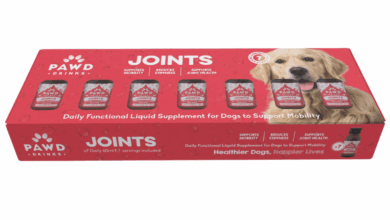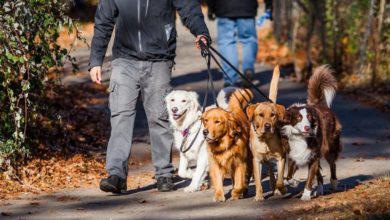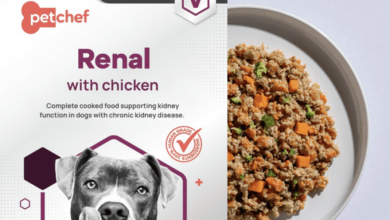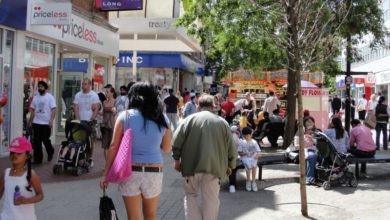Footfall rise shows first signs of return to office
High streets were responsible for the majority of the rise, where footfall rose by 7.2%, indicating what Springboard said are the “first signs of confidence in returning to the office
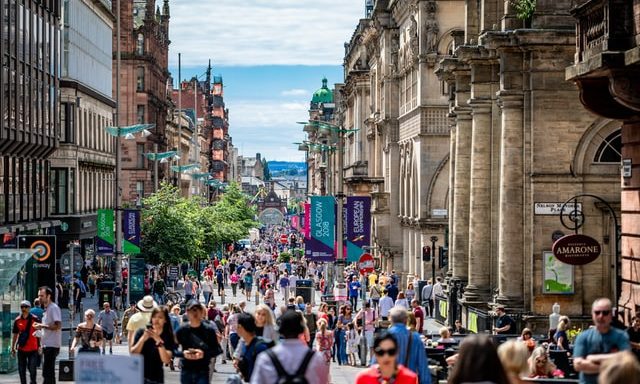
Register to get 1 free article
Reveal the article below by registering for our email newsletter.
Want unlimited access? View Plans
Already have an account? Sign in
Footfall across UK retail destinations rose by 1.5% last week from the week before, according to Springboard.
High streets were responsible for the majority of the rise, where footfall rose by 7.2%, indicating what Springboard said are the “first signs of confidence in returning to the office”. In comparison, footfall in retail parks declined by -4.9% and shopping centres saw a -4% drop.
This is supported by the increase in footfall across all types of town from the previous week, which ranged from 3.6% in historic towns to 12% in Springboard’s Central London Back to the Office benchmark.
However, from Sunday to Wednesday footfall declined every day, averaging -7.4% over the four days and -12.4% over Monday and Tuesday.
It was from Thursday to Saturday that footfall increased every day from the previous week, averaging 13.4% over the three days and peaking on Saturday with an uplift of 17.3% from the Saturday before.
In high streets the uplift over the final three days of the week from the week before was even greater, averaging 21.2% and peaking at 30.1% on Saturday. In contrast, footfall in retail parks on Saturday was -2.7% lower than in the week before.
The gap from 2019 narrowed marginally to -21.3% across all UK retail destinations last week, but the strong performance of high streets improved their position relative to 2019 to -26.9% from -30.9% in the week before.
In contrast, the drop in footfall in retail parks and shopping centres meant that the gap in footfall from 2019 in both destination types widened to -4.2% and -26% respectively.
Diane Wehrle, insights director at Springboard, said: “The second week of the year delivered mixed results; an overall increase in footfall across all UK retail destinations from the week before, but a rise that was driven wholly by high streets, whilst in both retail parks and shopping centres activity declined.
“It seems that whilst the government’s Plan B guidance to work from home if possible is still in place, there are the first signs that employees are starting to drift back to the office; for the first time since mid-November footfall rose in high streets from the week before across all periods of the day, with a double digit increase in the first part of the day, when employees travel in to offices, for the second consecutive week.”
She added: “In addition, footfall rose in all types of town, including Central London and regional cities outside of the capital, and the increase in Springboard’s Central London Back to the Office benchmark (comprising those locations in close proximity to offices) exceeded the increase in footfall across Central London as a whole.
“Ultimately, the week was also one of two halves, with declines in footfall from Sunday to Wednesday (reaching double digits on Monday and Tuesday), but then followed by three consecutive days with significant uplifts in footfall. This pattern was replicated across all destination types, however, in shopping centres and retail parks the magnitude of the uplifts in footfall from Thursday to Saturday were not enough to offset the drops over the first four days. Unusually, in retail parks footfall declined on Saturday, whilst increasing to a significant degree in both high streets and shopping centres.”


